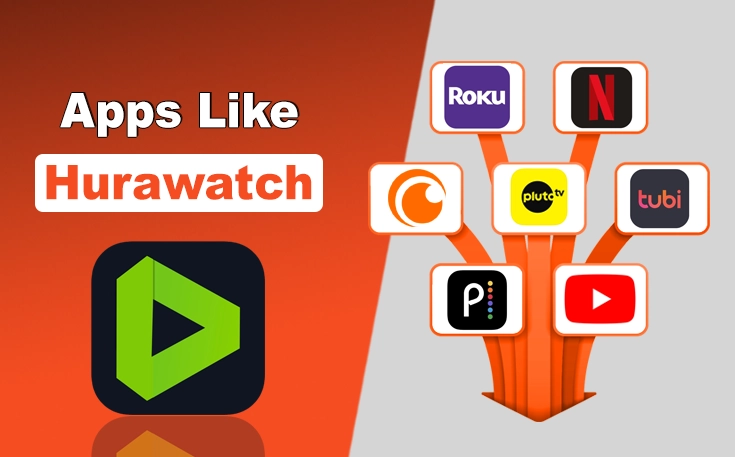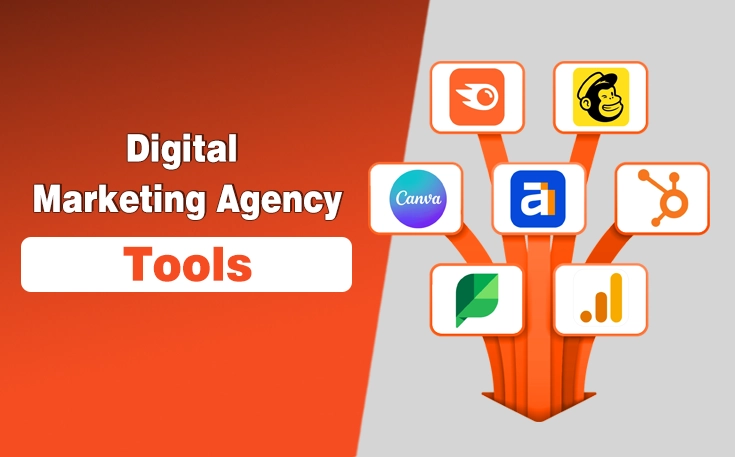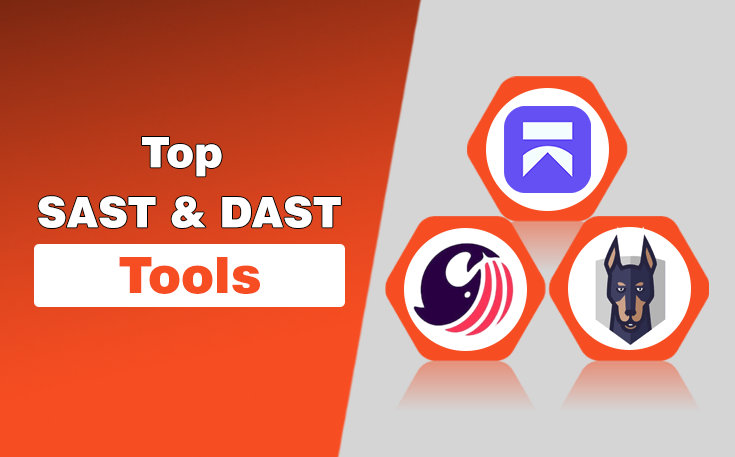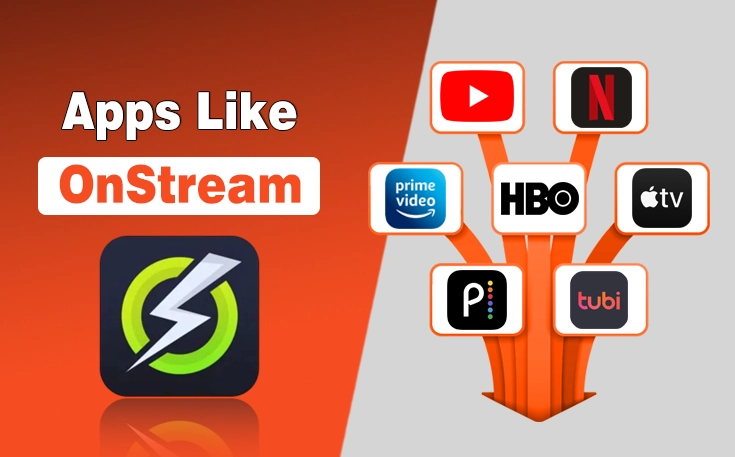Having reliable internet connectivity while traveling to Bali, whether for leisure or business, is essential in this digital world. This is more so if you wish to efficiently explore Bali’s breathtaking landscapes, warm hospitality, and vibrant culture.
Whether you are a digital nomad or exploring Bali just for fun, you need an internet connection to access navigation apps, translation apps, transportation apps, and many more. And the good news is that eSIM technology is here for you. It provides new opportunities for you to manage your connectivity effortlessly.
But how does it enhance your travel?
In this blog post, I will explain how the Bali eSIM technology will make your journey in Bali seamless.
Let’s start!
The Evolution of Mobile Connectivity
Before we look at how eSIM technology is the best thing that happened to international travelers, let’s first look at the evolution of mobile connectivity. Below is a breakdown of the evolution:
2G
This era took place between the 1990s and the 2000s. And it allowed travelers to make calls and send texts abroad through international roaming. Its main disadvantage was that the roaming charges were extremely high. At the same time, coverage was limited, and data services were slow.
3G
It occurred from the 2000s to the 2010s. During this period, data roaming was still expensive, and data access was slow. This encouraged many international travelers to purchase local SIM cards at airport kiosks to avoid high costs. However, this involved queuing in long lines and swapping SIM cards, which was inconvenient to many travelers.
4G and 5G
This is the present era. It has made data faster and practical for travelers. What’s more, this era encouraged the development of the Global SIM Cards that offered multi-country coverage at lower costs. However, travelers who use the Global SIM Cards still face the inconvenience and hassle of using physical SIM cards.
The eSIM revolution
This is also in the present era. It eliminates the need for physical SIM cards, which have several disadvantages, such as the inconvenience of swapping and the risk of loss during travel. Also, the eSIM ensures that mobile users can avoid the expensive roaming charges that existed in the 2G and 3G era.

And at the same time, it relies on the 4G and 5G connectivity to ensure faster internet access speeds.
Below is a table that summarizes the evolution of mobile connectivity:
| Era | Key Features | Impact on Travelers |
|---|---|---|
| 2G | Basic calls and SMS abroad | It came with extremely high roaming charges. |
| 3G | Slow mobile data access and expensive data roaming. | It encouraged travelers to go for local SIM cards at their travel destination, which came with the inconvenience of SIM swapping. |
| 45/5G | Faster data access speeds | It encouraged the rise of Global SIM Cards, which still came with the inconvenience of SIM Swapping. |
| eSim | Faster data access speed and no physical SIM card needed | It ensures hassle-free connectivity in travel destinations. |
Advantages of eSIM for International Travelers
eSIM has totally changed how travelers can access the internet and communicate. It is even better and has more benefits than the traditional physical SIM card. For instance, Bali eSIM, eliminates the need for you to carry and swap multiple SIM cards.
So you don’t have to worry about the risk of losing your SIM cards. The eSIM is embedded directly on your phone. Therefore, it’s safe from loss. Other advantages of eSIM include the following:
- It enables instant internet connection from the moment you land in Bali.
- It allows travelers to choose budget-friendly data plans for their unique needs.
- It enables travelers to avoid the expensive international roaming charges.
- It ensures you can keep your WhatsApp number active for calls and messaging.
- It reduces plastic SIM card use.
- It enables you to avoid airport SIM vendor scams, such as exaggerated physical SIM card prices.
- It enables remote workers to continue using their primary number during work communication. eSIMs are also ideal for travelers visiting destinations with limited English signage or more complex telecom setups, like Japan. You can easily install a Japan eSIM before arrival to avoid SIM vending machine hassles and guarantee immediate, reliable connectivity upon landing.
Integrating eSIM with Travel Itineraries
In addition to the above advantages, an eSIM, such as the Holafly eSIM plays an essential role in your travel planning. For instance, if you want to go for a sunrise trek at Mount Batur in Bali, you’ll need internet access for effective planning and communication.
Internet access will ensure that you can easily communicate with your tour guide about things such as hotel pickup time and the route you’ll take. You can also use the eSIM to access Google Maps and get directions to incredible locations in Bali, such as the famous gates of heaven at Lempuyang Temple or Tegallalang Rice Terraces.
In short, eSIM enables real time travel itinerary management. And this includes ensuring connectivity from the moment you land to every bit of exploration you plan in Bali.
Accessing Local Services with eSIM
The eSIM technology allows travelers to explore their travel destination like locals. This is because it provides a seamless and reliable internet connectivity that travelers can use to connect to local services, such as:
- Ride-hailing and transport apps
- Food delivery apps
- Hotel and activity booking platforms
- Navigation apps
- Translation apps
- Emergency services
- Local e-wallets
Therefore, as long as you have an eSIM, you can access Bali’s services more effortlessly. This means no more missed reservations, stranded scooters, or language barriers.
Future of Travel Connectivity
The future of travel connectivity will be faster, safer, and more convenient as technology continues to evolve. And eSIM is just the beginning. In the near future, we can expect seamless global connectivity where switching networks, countries, or even continents won’t disrupt our online lives.
That means no downtime in whichever country or stopover you make during your travels. What’s more, as AI takes over the world of technology, it can also invade the travel connectivity world. This can be through a hyper-personalized eSIM with AI that will analyze your itinerary, data usage, and budget to auto-select the best eSIM plan.
Also, the AI-powered eSIM will encourage dynamic switching. This means that it will toggle between local networks for optimal speed and cost in real-time. Therefore, travelers will be able to use cheaper networks in cities. And also they’ll be able to access a wider-coverage network in rural areas automatically.
Need custom app with amazing features?
Get a Quote




